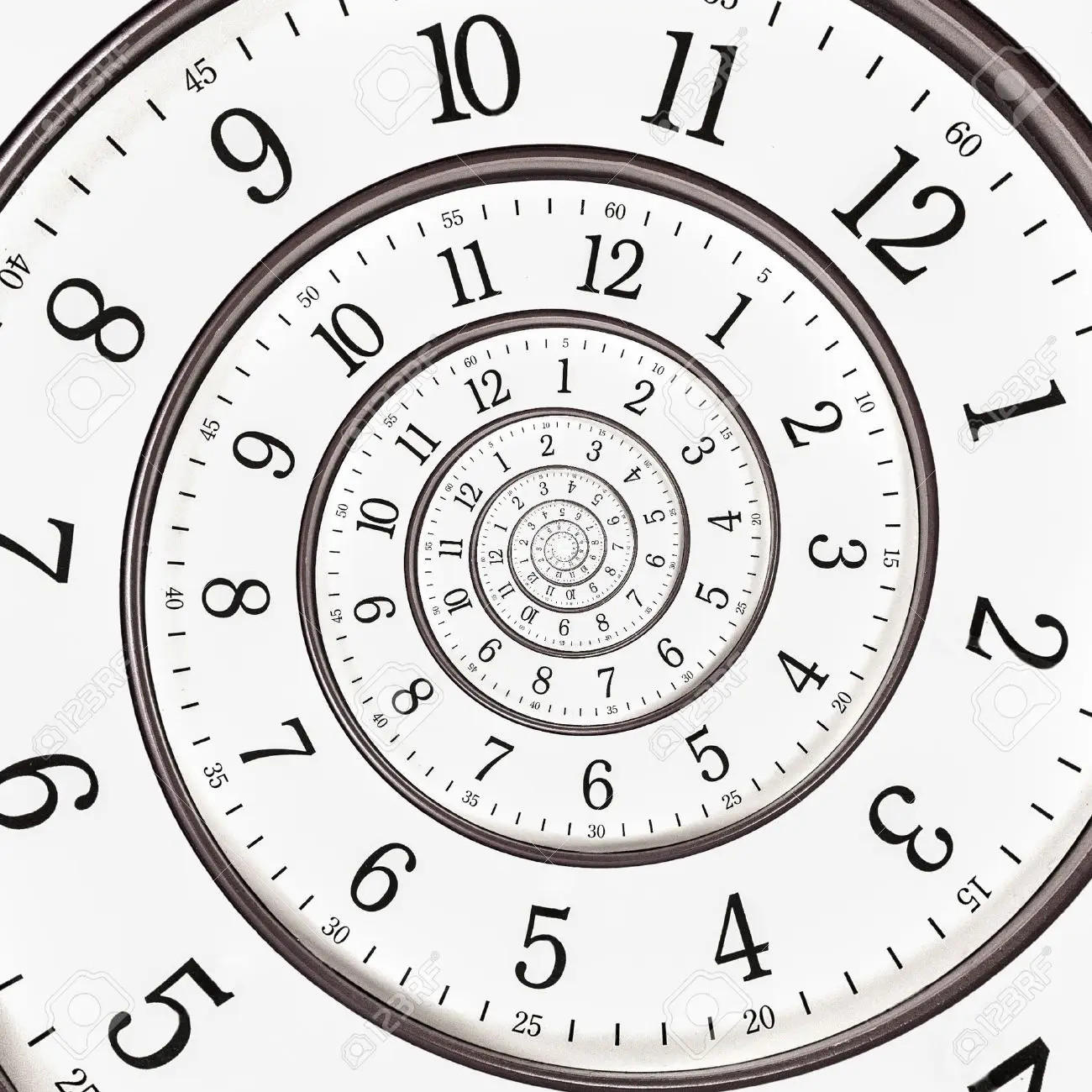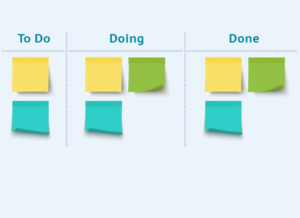Work Smarter 1: Increase your Productivity with Time Awareness
4 min read
In our series dedicated to help you diagnose your own productivity challenges, and work smarter: Time Awareness. This course will give you the skills to help you manage your time, focus and energy.
Do you show your team you take time seriously?
An interesting characteristic of the most productive people is that they are very aware of time. They treat it as a real, important and finite resource and pass on what we call ‘time integrity’ to their coworkers.
In the solutions below we’re going to look at some tools that people use to help themselves become more time aware.
Use precise time language
Productive people communicate time differently.
They show time integrity by being precise with their language. Your time awareness tool #1 is to use time language. Here’s how it’s done.
-
Instead of saying: “Shall we do x last?”
-
Say: “In our last 10 minutes, I’ll do x”
-
Instead of saying: “I’ll send you that file ASAP?”
-
Say: “I’ll send you that file by 3pm (EST)?”
-
Instead of saying: “Do you have 2 seconds to chat about X?”
-
Say: “Do you have 15 minutes to chat about X?”
-
Instead of saying: “I need to do this today.”
-
Say: “I need to do this by 6pm today.”
Respecting time is as easy as choosing your words carefully.
In these examples the productive people avoided using ‘blurry’ time language. These are things like ‘ASAP’, ‘2 seconds’ or ‘end of day’. Instead they used clear and precise language. Doing so allowed them to get aligned, avoid misunderstanding, and show respect for their co-workers’ time.
How will you clearly communicate time?
To make a habit of using precise time language, you can share your commitment to ‘time integrity’. Try saying something like “I want to make an effort to be more precise in my communication around time”.
Or start ‘deblurring’ or clarifying time words. For example, when someone asks you if you have “one moment,” you can say: “I have 5 minutes right now or we can discuss it in our 4pm meeting. Which do you prefer?”
If someone asks for a favor and promises that “it will take you no time at all,” you can bring time awareness into the conversation.
Do this by saying, “I want to make sure I can follow through if I say yes. Can I ask some questions to make sure I have enough time to help?”
Try to notice how you communicate time.
As you go about your day, take the time to notice how you’re talking about time. When you see yourself use unclear time communication:
-
Show ‘time integrity’ by catching and ‘de-blurring’ your own time language
-
Ask your co-worker a time integrity question (for example, “what does EOW mean to you?”)
Using precise time language like this will help spread the habit to your team and that can only help everyone’s productivity!
Do a time audit
So far we’ve covered one simple way to increase your time awareness: using precise time language.
The next time awareness tool to increase productivity faster is to do a ‘time audit’.
Like an expense tracker, fitness tracker or sleep tracker, a time audit makes your reality visible so you can make more informed decisions.
Let’s look at what a time audit is and how it can help.
Knowing exactly how you spend your time has real benefits.
While time audits call for deliberate action, the benefits are much greater than the effort invested. Time audits increase awareness of:
- Where your time goes
- What you’re doing with your time
- What tasks energize or drain you
- When are you most productive
Now you see how a time audit works and why it’s useful, let’s look at what you’ve discovered.
Your mission today is to track where your time goes for at least 1 week.
So what does a time audit look like?
The idea is simple.
Track your activities and their impact at 30-minute intervals. Track the time from when you get up to when you go to bed. You could do the audit throughout the day, at different points in the day, or at the end of the day.
You can choose one of the many time audit apps available or use a simple spreadsheet. In your audit you can track:
- The time period
- What you were doing
- If it was planned or reactive
- How it affected your energy levels (energised, neutral or drained)
Wrapping Up
We’ve covered a lot of ground.
So far you have:
- Learned how to use precise time language
- Explored how to audit time
This will be a great foundation for boosting your productivity.
Next: The MIT method






